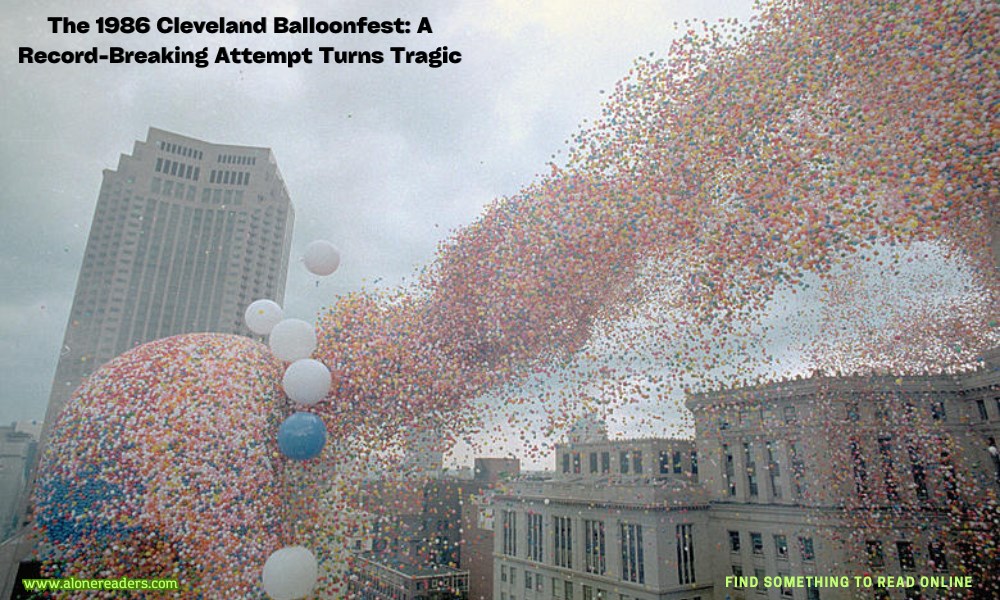
In September 1986, Cleveland, Ohio, became the stage for what was meant to be a spectacular charitable event aimed at setting a new world record for the most balloons released simultaneously. Organized by United Way of Cleveland as a fundraiser and publicity stunt, the event, known as Balloonfest '86, was poised to capture the imagination of the public and highlight the community spirit of Cleveland. However, the outcome was far from celebratory, evolving into a catastrophic event that would leave a lasting impact on the city and its residents.
The plan was ambitious and visually appealing: release 1.5 million helium-filled balloons into the sky above Cleveland's Public Square. Volunteers worked tirelessly, filling balloons that were then corralled into a massive net draped over the square, creating a colorful spectacle eagerly anticipated by the community and media alike. The excitement was palpable as the countdown began, and soon, a vibrant blanket of red, blue, yellow, and orange ascended towards the heavens, cheered on by thousands of spectators.
Initially, the sight was breathtaking. A multicolored cloud of balloons soared above the city, a symbol of joy and human ingenuity. But the jubilation was short-lived. Unforeseen weather conditions intervened, with a cold front bringing rain and high winds that forced the balloons back to the ground, far sooner and more rapidly than expected.
Instead of dispersing over a wide area as planned, the majority of the balloons descended onto the city and nearby Lake Erie. The consequences were immediate and severe. Streets, highways, and waterways were littered with deflated balloons, creating hazardous conditions. The rubber remnants clogged waterways, interfered with marine traffic, and littered the shores of the lake. Environmentalists raised concerns about wildlife, particularly birds and aquatic animals, which could mistake the balloons for food or become entangled in the debris.
The most tragic outcome of Balloonfest '86 was its contribution to two fatalities. Two fishermen, Raymond Broderick and Bernard Sulzer, had gone out on Lake Erie before the event and were reported missing by their families on the day of the release. The Coast Guard's search and rescue efforts were severely hampered by the balloons covering the water, making it nearly impossible to spot a person or a boat from the air. The search teams found it difficult to navigate and discern anything amidst the sea of colorful rubber. The two men were eventually found deceased, and their deaths were indirectly linked to the chaos caused by the balloon release.
The aftermath of the event prompted a slew of lawsuits from the city and affected individuals, citing damages and negligence. The repercussions were felt not only in the immediate environmental and personal tragedies but also in the public relations sphere. What was intended as a positive event turned into a public relations nightmare for United Way and the city of Cleveland. It raised questions about the planning and execution of large-scale events and their potential environmental and safety impacts.
The Balloonfest disaster serves as a cautionary tale about the importance of thorough planning and consideration of all possible outcomes when organizing large-scale public events. It highlights the unpredictable nature of working with environmental factors and the far-reaching consequences actions can have on communities and ecosystems. Today, the event is often cited in discussions about environmental awareness and the ecological impact of seemingly harmless activities. The 1986 Cleveland Balloonfest is remembered not for the joy it was supposed to spread but for the chaos it inadvertently caused, serving as a stark reminder of the delicate balance between human ambitions and natural forces.